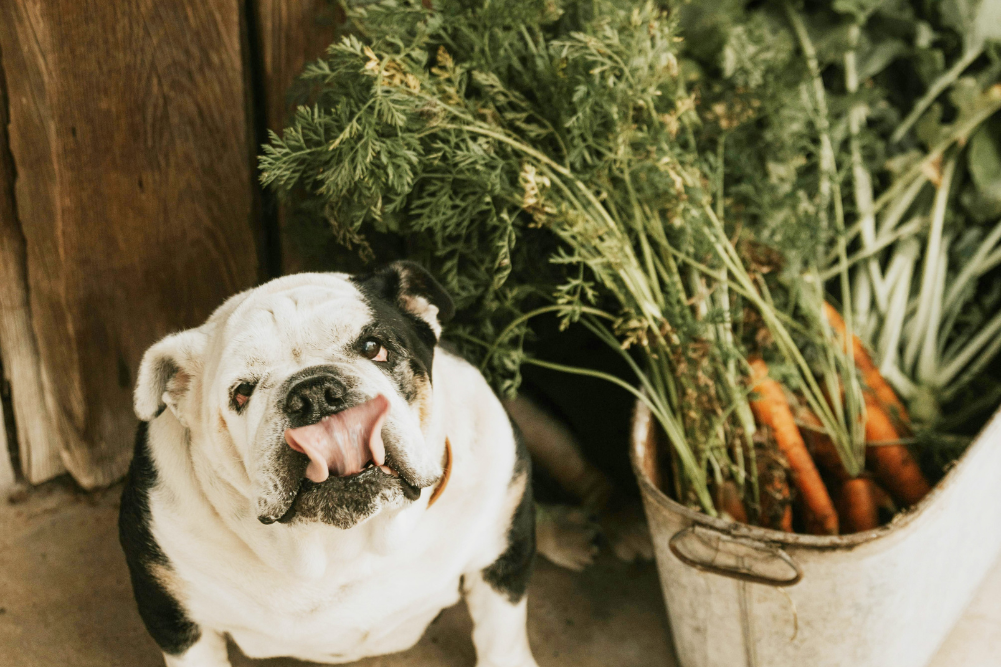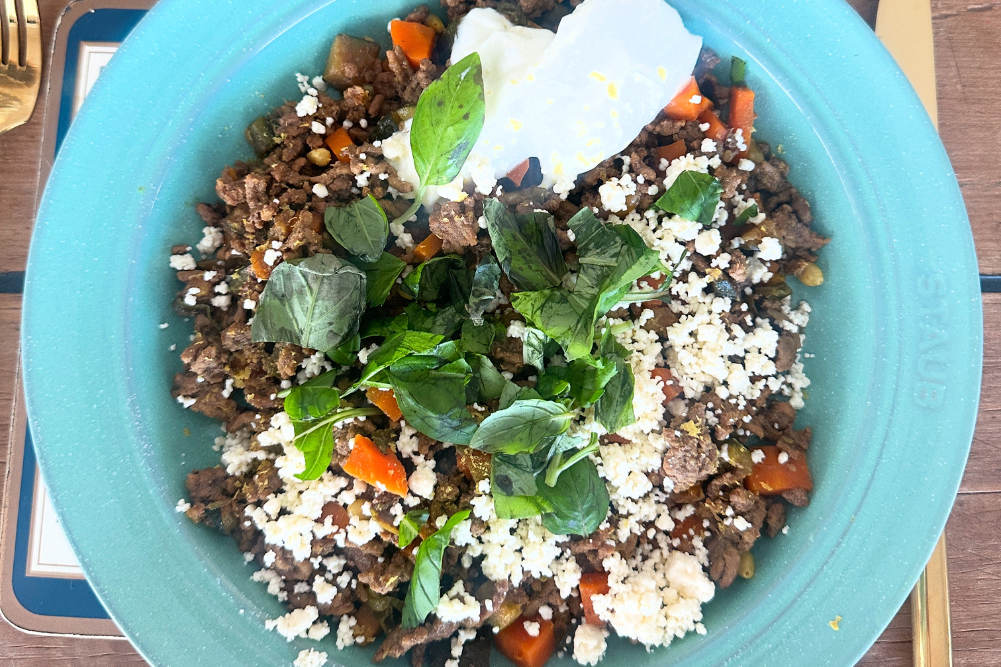Feeding your pets
Navigate the challenges of pet nutrition—processed foods offer convenience but may pose health risks, while real-food diets, despite hurdles, can enhance overall wellness.
One of the most important lifestyle aspects of wellness is diet. This is true of both the human diet and the diet of our pets. These days, there is an overwhelming amount of information and misinformation, and it can be impossible to sift through it all. The goal of this short article is not to come up with a solution, but to just point out some of the challenges faced when advising pet carers on the best way to feed their dog or cat.
Processed food
What are the benefits of readily available, processed pet foods? By this, I am referring to canned and processed dried foods, both supermarket varieties and premium brands. The main advantage is cost and convenience. In the current environment, when everybody is time- and cash-poor, these are important considerations. Ideally, these products are balanced according to the Association of American Feed Control Officials (AAFCO) guidelines or similar, so consumers can feel confident they are providing macronutrients and micronutrients their dogs and cats require. Processed foods using meat by-products and non-meat proteins may also be more sustainable than products using real-food ingredients.
So what are the disadvantages? Many use poor-quality ingredients, using rendered meat or meat by-products instead of muscle meat, with reduced digestibility and bioavailability. Processed dried foods tend to have higher carbohydrate levels than would be typical for ancestral dogs or cats — grain-free foods use grain alternatives such as potatoes, sweet potatoes, peas and legumes. Dried foods are calorie-dense, and the combination of high calories and high carbohydrates may increase weight gain and increase the risk for diabetes mellitus or pancreatitis.
Processed dried and canned foods may increase the chemical load and may increase the chronic ingestion of mycotoxins, glyphosates and advanced glycation end products such as acrylamides (AGEs) among other potential toxins.
Grain-free dog foods have been associated with an acquired cardiac disease in some dogs, for reasons that are not completely understood. Initially, it was thought to be due to taurine deficiency, but many affected dogs have normal serum taurine levels, and grain is not a source of taurine. The reason may lie in the reduced bioavailability of precursors of taurine, due either to ingredients included or to processing. Taurine supplementation is recommended by some veterinary cardiologists for dogs fed these diets until more is understood.
Mycotoxins are fungal toxins, and low-grade ingestion over time may lead to organ dysfunction and possibly cancer. Mycotoxins come from grains, so grain-free foods may be safer. Contamination with mycotoxins has been one reason for recent pet food recalls.
The Maillard reaction is when very high heat processing of carbohydrates results in chemicals such as acrylamides. Carbohydrates found in dog and cat foods include potatoes, beans, nuts, soy and whole grains. Long-term ingestion of acrylamide is associated with some cancers, and in people AGEs could be implicated in the development of chronic degenerative diseases such as cardiovascular disease, Alzheimer’s disease and diabetes mellitus.
Glyphosate contamination can occur due to the inclusion of grains or other plant materials in processed pet foods. There is ongoing debate on the relative safety of long-term glyphosates used in herbicides in the environment. One study has linked exposure in Scottish terriers to an increased risk for bladder cancer. It may be possible to test for glyphosate in urine to assess the risk in some countries, but not in Australia that I am aware of.
Real or raw food
What about the risk of feeding real or raw foods? Melbourne’s U-Vet Werribee Animal Hospital has shown an association between feeding raw chicken necks to dogs and the development of peripheral neuropathy. Preservatives used in some supermarket raw meats can lead to thiamine deficiency in cats. Many online homemade pet food recipes are unbalanced. The most common nutritional deficits we encounter are essential fatty acids, vitamins A and D and minerals such as calcium, zinc and manganese.
With increasing costs, it’s increasingly expensive to source ingredients required for a good-quality home-prepared diet. And raw diets may be a risk for immunocompromised pets or pet parents.
Despite these challenges, real-food diets have increased digestibility, and if done well, in my experience, are less likely to be associated with chronic health challenges such as allergies, obesity, joint problems and dysbiosis.
So where does all this leave us?
What works for you
I take an individual approach to nutrition. I take into consideration the needs of the pet and the needs of the pet parent. It’s really important not to create stress or guilt, but just to talk about what we can achieve. When time and money are a significant consideration, I will suggest four meal upgrades per week — a bit like adding a salad to your pizza. In other words, let’s continue to feed the dry food you’re comfortable with, providing it is nutritionally balanced. But how about we prepare four meals of raw or cooked meat and vegetables per week?
There are other options: freeze-dried or air-dried diets, which tend to have lower carbohydrates and better-quality ingredients. However, these are also more expensive. I always recommend variety, and not just sticking to one recipe or one type of food.








